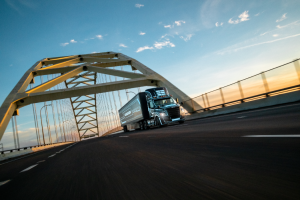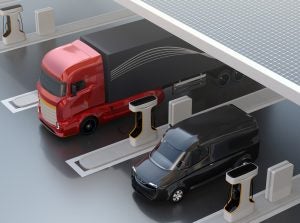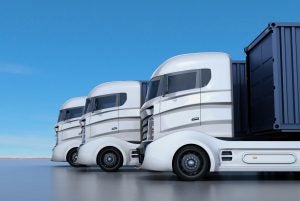 Transitioning to zero-emission trucks and buses is necessary for both climate stability and to protect communities from air pollution. With nearly 23 million diesel-fueled medium and heavy duty trucks and buses operating on roads today in the U.S., moving to zero-emission technology will result in significant investments in manufacturing, infrastructure, operations and maintenance training, research and development and midlife vehicle businesses.
Transitioning to zero-emission trucks and buses is necessary for both climate stability and to protect communities from air pollution. With nearly 23 million diesel-fueled medium and heavy duty trucks and buses operating on roads today in the U.S., moving to zero-emission technology will result in significant investments in manufacturing, infrastructure, operations and maintenance training, research and development and midlife vehicle businesses.
According to an analysis conducted by EDF and the consulting firm PwC, a significant amount of investments in the electric truck and bus supply chain has already taken place — yielding a strong and growing domestic supply chain for zero-emissions medium- and heavy-duty vehicles. Amidst the findings by EDF and PwC, four indicators stand out most:














